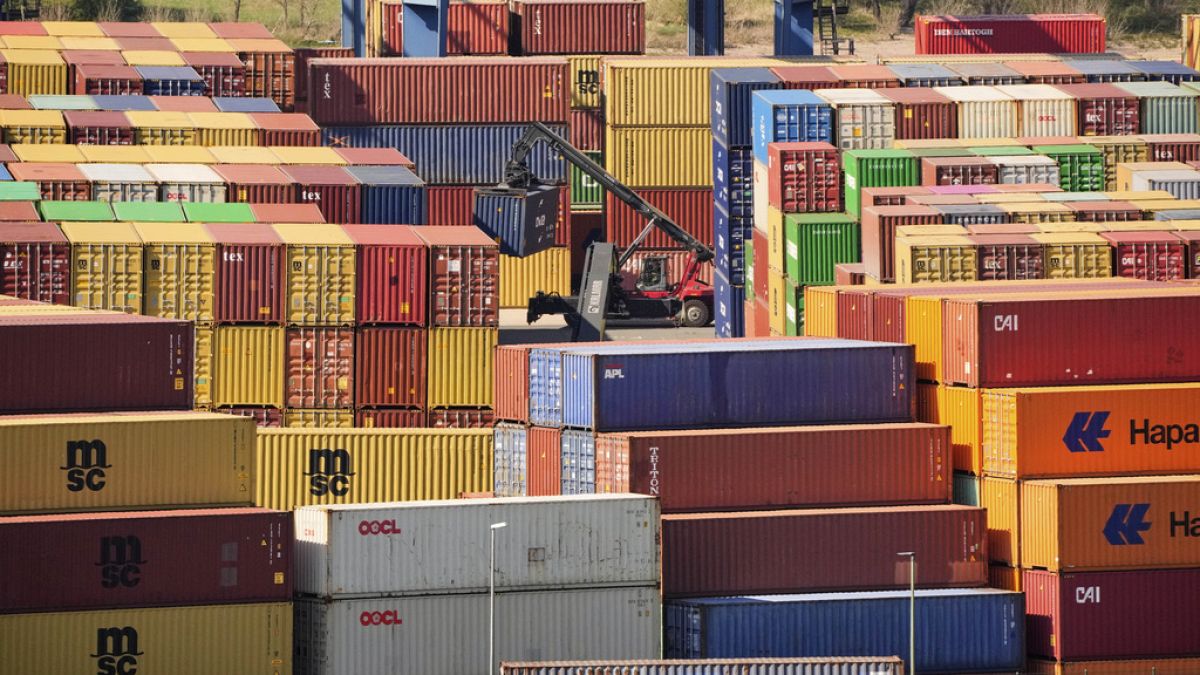The rules include new controls on semiconductor manufacturing equipment and software tools, the US commerce department said.
The US has expanded its list of Chinese technology companies that are subject to export controls.
The 140 companies newly included in the so-called “entity list” are nearly all based in China and include those that make equipment used for computer chips, chipmaking tools, and software.
But some are Chinese-owned businesses in Japan, South Korea, and Singapore.
The revised rules also limit exports of high-bandwidth memory chips to China. Such chips are needed to process massive amounts of data in advanced applications such as artificial intelligence.
The US Bureau of Industry and Security said in a statement that the rules would impair China's ability to produce semiconductors that "can be used in the next generation of advanced weapon systems and in artificial intelligence (AI) and advanced computing, which have significant military applications".
'Economic coercion'
China’s Commerce Ministry protested and said it would act to protect its “rights and interests,” without giving any details.
“This is a typical act of economic coercion and non-market practice,” the ministry said in a statement.
Gina Raimondo, the US commerce secretary, said the move was intended to impair China's ability to use advanced technologies that “pose a risk to our national security".
The addition of the companies to the “entity list” means that export licenses will likely be denied for any US company trying to do business with them.
The US has said the list is meant to stop companies from leveraging American technology to produce advanced semiconductors.
China has accused the US of pursuing “technology hegemony,” as Washington steps up pressure on Chinese tech giant Huawei and other Chinese manufacturers of advanced technology by blocking access to American suppliers.
Pressure from Washington has spurred China to step up its efforts to develop its own advanced computer chips and other technologies, providing billions in subsidies and investments for the industry.
Chinese manufacturers have made quick progress even though they remain years behind in some areas.

 4 months ago
33
4 months ago
33






 We deliver critical software at unparalleled value and speed to help your business thrive
We deliver critical software at unparalleled value and speed to help your business thrive






 English (US) ·
English (US) ·